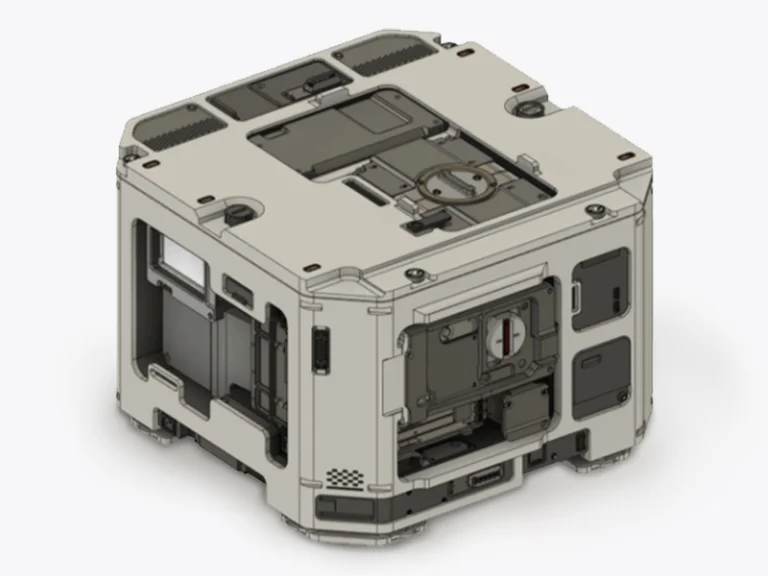Injection Molding Service: Precision Parts with Expertise
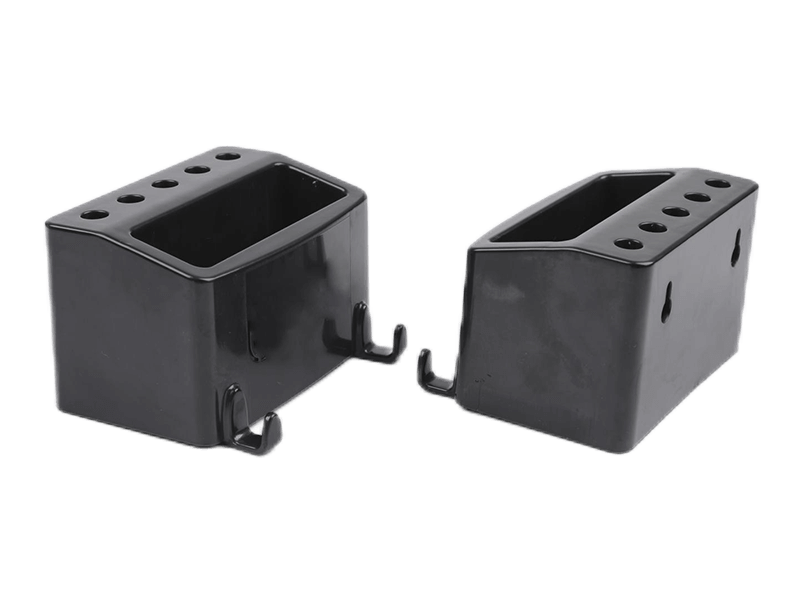
Injection Molding Process

Plastic Injection Molding

Rubber Injection Molding
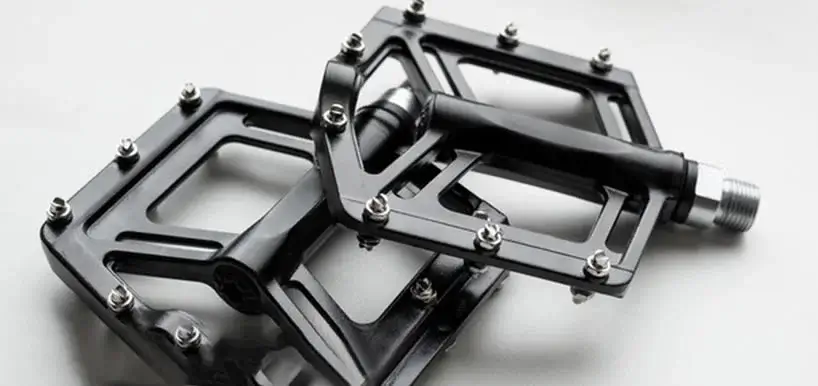
Overmolding & Insert Molding
Injection Mold Tooling Options
| Prototyping | On-Demand Manufacturing | |
|---|---|---|
| Objective | I demand swift design validation with Jiangzhi's efficiency. I seek the flexibility for economical iterations before transitioning into on-demand manufacturing. | I have on-demand prodction requirement that need that require consistent high quality parts. |
| Mold Cavities | Single | Single or multi-cavity |
| Mold Life | Limited (guaranteed for at least 2,000 shots) | Unlimited |
| Mold Storage | Store for 24 months | Forever |
| Mold Material | Aluminum | P20 Steel |
Injection Molding Materials
Plastic Material
- ABS
- PC (Polycarbonate)
- PP (Polypropylene)
- POM (Acetal)
- PE (Polyethylene)
- PS (Polystyrene)
- PVC (Polyvinyl Chloride)
- PU (Polyurethane)
- PA (Nylon)
- PMMA (Acrylic)
- HDPE (High-Density Polyethylene)
- LDPE (Low-Density Polyethylene)
- PC/ABS (Polycarbonate/Acrylonitrile Butadiene Styrene)
Rubber Material
- Silicone
- EPDM (Ethylene Propylene Diene Monomer)
- Nitrile (NBR)
- Neoprene (CR)
- SBR (Styrene Butadiene Rubber)
- Natural Rubber (NR)
- Butyl Rubber (IIR)
- Viton (FKM)
Thermoplastic Elastomer
- TPU (Thermoplastic Polyurethane)
- TPE (Thermoplastic Elastomer)

Injection Molding Surface Finishing
| Finish | Description |
|---|---|
| SPI A1 | 6000 grit diamond, surper high glossy finish |
| SPI A2 | 3000 grit diamond, high glossy finish |
| SPI A3 | 1200 grit diamond, normal glossy finish |
| SPI B1 | 600 grit paper, fine semi-glossy finish |
| SPI B2 | 400 grit paper, normal semi-glossy finish |
| SPI B3 | 320 grit paper, normal semi- |
| SPI C1 | 600 grit stone, fine matte finish |
| SPI C2 | 400 grit stone, medium matte finish |
| SPI C3 | 320 grit stone, normal matte finish |
| SPI D1 | Dry blast glass bead, satin textured finish |
| SPI D2 | Dry blast, dull textured finish |
| SPI D3 | Dry blast, rough textured finish |
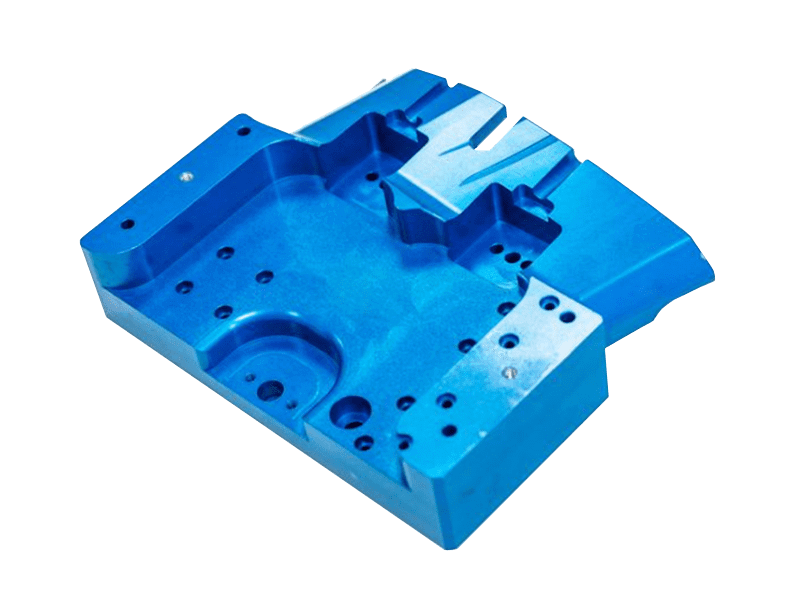
How Does Injection Molding Work
Material Melting
Injection
Cooling
Ejection
Cycling
Injection Molding Material Selection Guide
Advantages of Injection Molding
From intricate designs to high-volume production, Injection Molding stands out with its precision, efficiency, and adaptability.
- Low production lost with efficient high-volume manufacturing
- Available for a wide range of materials
- Manufacture components with intricate shapes and complex geometries
- Ensure repeatability of production and consistency of quality
- Enhance aesthetics with a variety of surface finish treatments
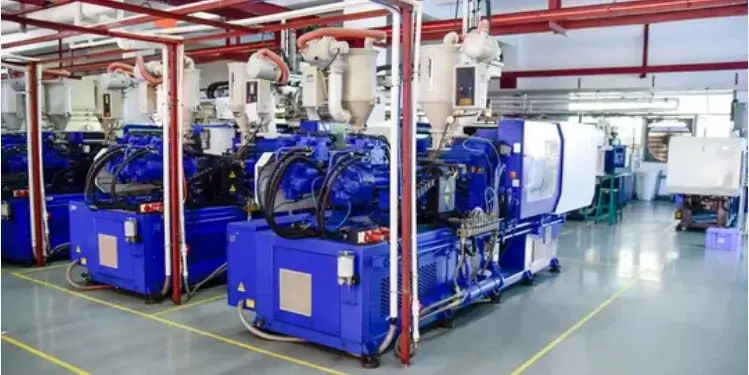
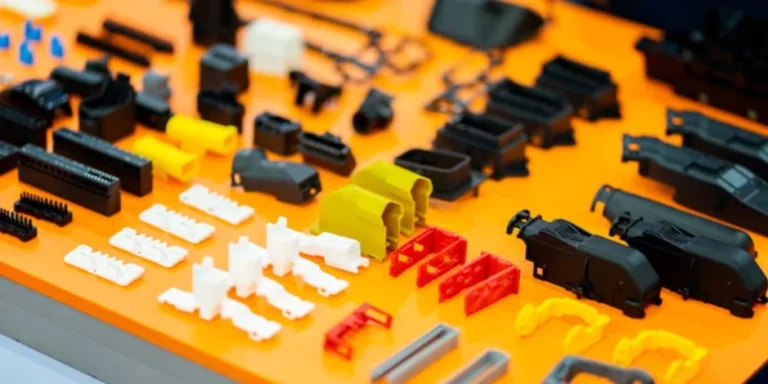
Injection Molding Application
Injection molding finds extensive use in producing plastic parts for medical, consumer, and automotive industries. Commonly manufactured parts include:
- Enclosure
- Pulley
- Gear
- Clip
- Electronic connectors
- Handle
- Bumper
Why Choose Us
Ensuring accurate and intricate part production
Meeting diverse industry needs
Proven track record in successful projects
Rigorous quality checks for reliable results
FAQs of Injection Molding
What industries use injection molding?
Injection molding is widely used in automotive, medical, consumer goods, electronics, and aerospace industries for producing various components.
What is the typical lead time for injection molding projects?
Lead times vary but are generally influenced by factors such as part complexity, quantity, material selection, and mold design. In general, Jiangzhi lead time is 3-4 weeks for mold, 2-4 weeks for mass production.
How can I optimize my design for injection molding?
Design considerations include uniform wall thickness, proper gating and venting, draft angles, and material selection to ensure successful and efficient injection molding.
Can injection molding be used for prototyping?
Yes, injection molding can be used for prototyping using rapid tooling or soft tooling methods to create low-volume prototypes.

